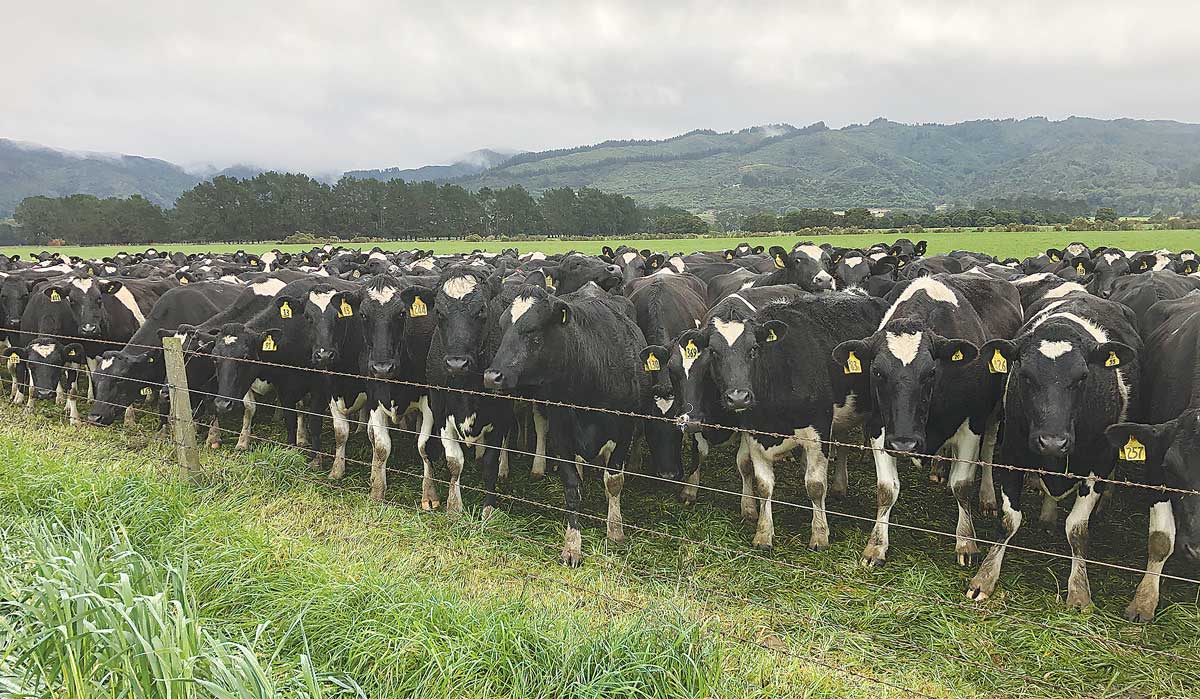Farmer confidence dips slightly, but positivity still dominates
Farmer confidence has taken a slight dip according to the final Rabobank rural confidence survey for the year.
Dairy
Dairy commodity prices for fats and proteins diverged over June. Powder prices are sitting below five year averages, while butter and cheese prices are bouncing just above their averages at 6% and 2%, respectively.
Despite this, prices for all commodities are well below the highs achieved at the peak of this cycle, between 20% and 40%, with WMP prices leading the tumble lower.
So far, lower export volumes to China remain a theme for 2023. Shipments for the year to May were 7% lower compared to last year.
However, exports for May 2023 more than doubled on last year, proving that China hasn't been completely absent from the market. We anticipate weaker exports to China through the coming months.
Beef
The beef schedule ended June on a weaker note, despite less supply across the country.
The North Island bull price averaged NZ$ 5.92/kg cwt in June, up 9.0% compared to the five year average but down 1.5%.
The total number of cattle processed season to May in the North Island was broadly flat with the same period last year, while the South Island was 9.3% ahead of last year.
At 61,117 tonnes, total beef export volumes for May were the largest since March 2015. Shipments jumped 20.2% YOY, with China taking around 40% of the total amount of beef exported. RaboResearch anticipates beef schedules are likely to broadly hold near existing values over winter, with upside support dependent on markets digesting ample supply among a mixed demand outlook.
Sheepmeat
Early in June, the store lamb market was bursting with lambs - with Temuka achieving a record yarding of close to 13,000 lambs.
However, concerns circulating export markets are adding downward pressure to the store lamb price and tempering future schedule expectations. In recent weeks, agents have reported the challenge they are facing in finding buyers for all of the store lambs available.
Procurement pressure has masked the deteriorating state of the export market to date, allowing slaughter prices to lift.
This was evidenced by an increase in the South Island lamb price from an average NZ$7.52/kg cwt in May to NZ$7.68/kg cwt in June. New Zealand sheep farmers are desperately awaiting China's rebound in demand - but anticipation that this may not occur is emerging behind the farmgate.
The slower recovery in demand (and subsequently pricing) observed in China is also reflected in other key markets, with subdued demand coming from Europe and the UK-New Zealand's largest export markets.
 |
|---|
|
The Bassett’s young cows wait to be shifted onto a winter kale crop. |
RaboResearch expects that processor margins have been squeezed. This is reflected in processors pulling money from the schedule late in the month in an attempt to maintain a balance with export revenues.
Farm Inputs
Another Russian ammonia pipeline blast occurred, and now the grain corridor deal very likely will be ditched.
Europe reimposed import duties on ammonia and urea, and the Dutch natural gas price reference hiked 62% in the last 30 days. However, none of these incidents was strong enough to revert the downward trajectory of farm input prices, which will only change when demand exceeds supply and current stocks.
European natural gas price future contracts rose substantially during June but still fell short of last year's bull market. Today's price equals only 16% of 2022's highs.
The blast was unable to alter Europe's nitrogen price reference, and Middle East references dropped about 15% for urea. The global market remains well supplied.
Interest and Exchange Rates
The New Zealand dollar staged a modest rally in June, even as the national accounts data for the first quarter confirmed that the country has entered recession.
The price action seems to suggest that traders now believe that the worst is behind us and that brighter days lay ahead for the rest of the year.
Expectations that the RBNZ will hold the OCR steady at 5.50% for an extended period of time may well assist asset prices, and that should also see a recovery in consumer confidence over time. Futures markets are predicting cuts to the OCR from April next year, which aligns with Rabobank's forecast for the next move from the RBNZ.
We expect that economic activity will start to improve as the reconstruction efforts for Cyclone Gabrielle and the Auckland floods and improving trade performance through the economy.
Waikato dairy farmer Neil Bateup, made a companion of the New Zealand Order of Merit (CNZM) in the New Year 2026 Honours list, says he’s grateful for the award.
Another Australian state has given the green light to virtual fencing, opening another market for Kiwi company Halter.
Farmer interest continues to grow as a Massey University research project to determine the benefits or otherwise of the self-shedding Wiltshire sheep is underway. The project is five years in and has two more years to go. It was done mainly in the light of low wool prices and the cost of shearing. Peter Burke recently went along to the annual field day held Massey's Riverside farm in the Wairarapa.
Applications are now open for the 2026 NZI Rural Women Business Awards, set to be held at Parliament on 23 July.
Ravensdown has announced a collaboration with Kiwi icon, Footrot Flats in an effort to bring humour, heart, and connection to the forefront of the farming sector.
Forest & Bird's Kiwi Conservation Club is inviting New Zealanders of all ages to embrace the outdoors with its Summer Adventure Challenges.

OPINION: The release of the Natural Environment Bill and Planning Bill to replace the Resource Management Act is a red-letter day…
OPINION: Federated Farmers has launched a new campaign, swapping ‘The Twelve Days of Christmas’ for ‘The Twelve Pests of Christmas’ to…